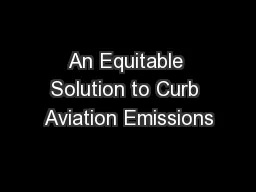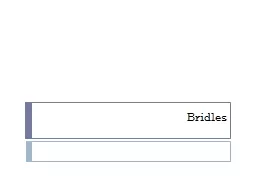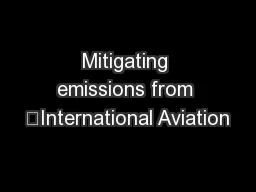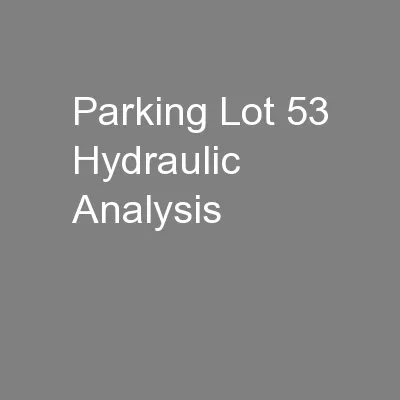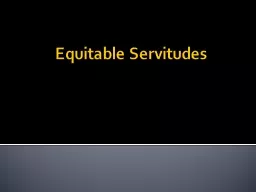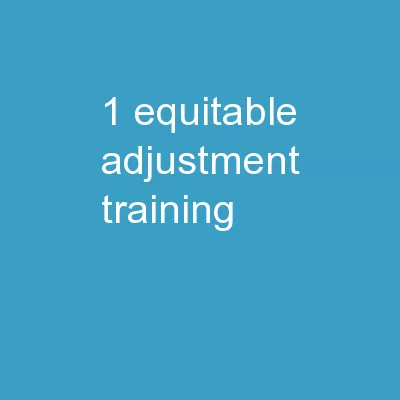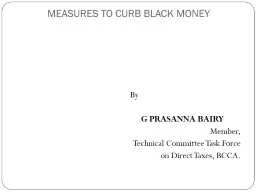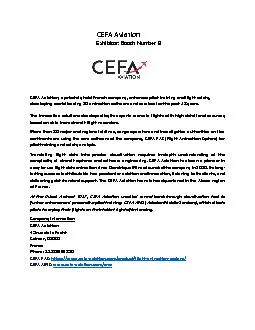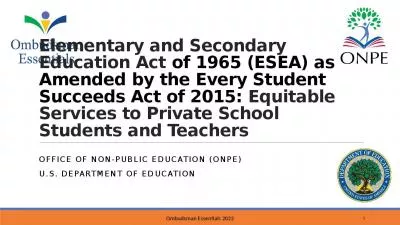PPT-An Equitable Solution to Curb Aviation Emissions
Author : debby-jeon | Published Date : 2016-07-09
Eva Filzmoser Carbon Market Watch Nature Code Zentrum für Entwicklung und Umwelt 7 June 2013 Introducing Nature Code Nature Code Mother Ship for several
Presentation Embed Code
Download Presentation
Download Presentation The PPT/PDF document "An Equitable Solution to Curb Aviation E..." is the property of its rightful owner. Permission is granted to download and print the materials on this website for personal, non-commercial use only, and to display it on your personal computer provided you do not modify the materials and that you retain all copyright notices contained in the materials. By downloading content from our website, you accept the terms of this agreement.
An Equitable Solution to Curb Aviation Emissions: Transcript
Download Rules Of Document
"An Equitable Solution to Curb Aviation Emissions"The content belongs to its owner. You may download and print it for personal use, without modification, and keep all copyright notices. By downloading, you agree to these terms.
Related Documents

